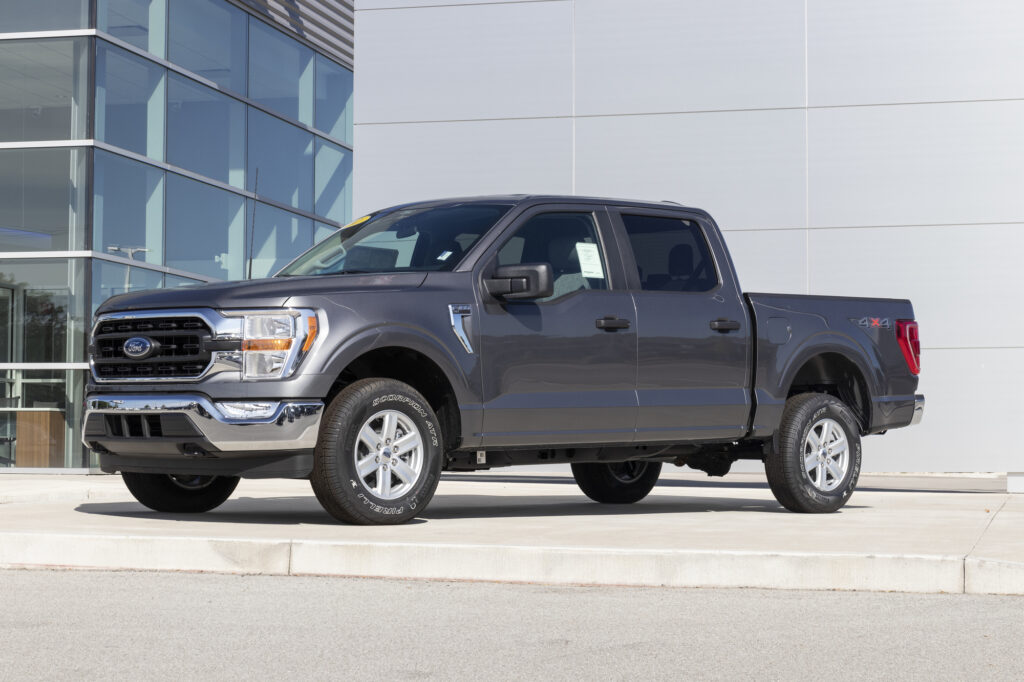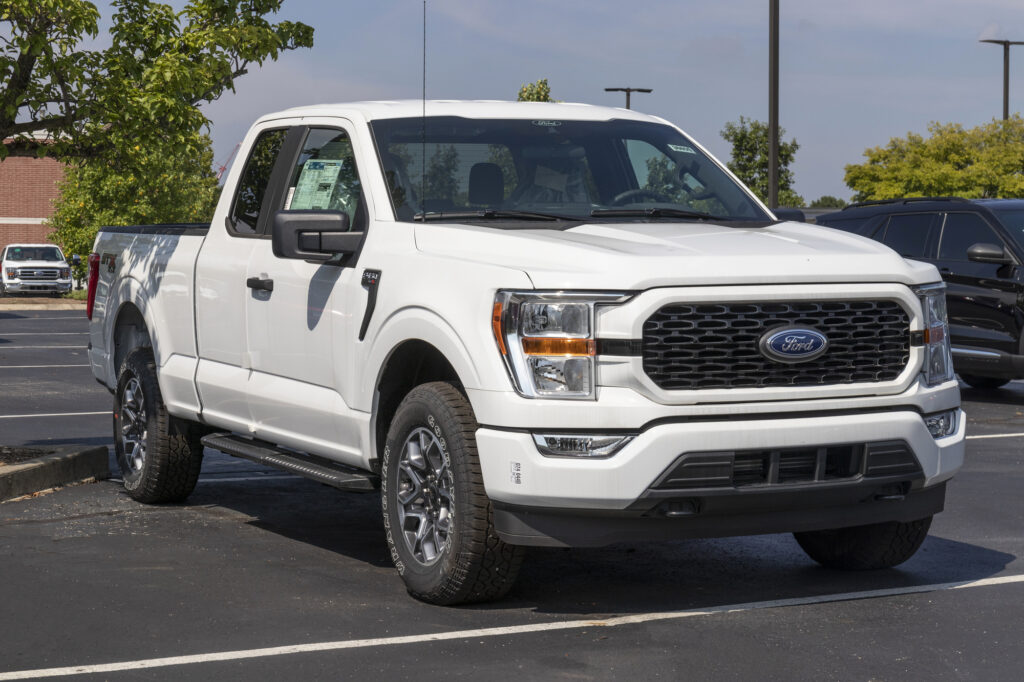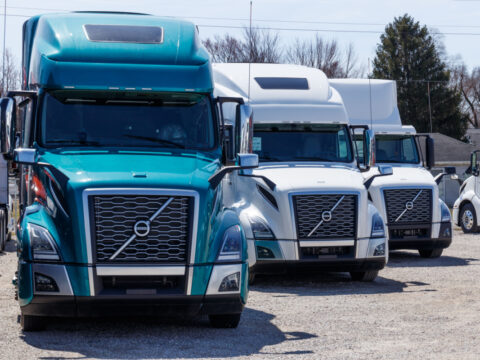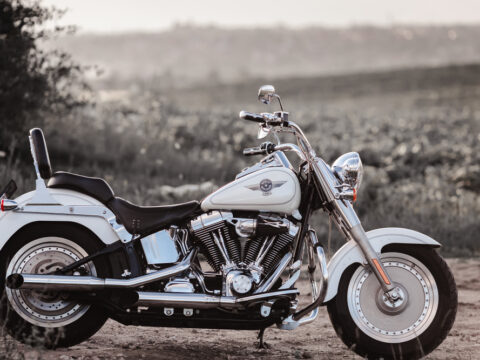Learning about a Ford F-150 can get confusing if you check out the official technical specifications from the manufacturer. If you want to know the curb weight of a Ford F-150, read on for the simple answer and how to determine your vehicle’s curb weight.

Contents
What Is the Curb Weight of an F-150?
The curb weight of an F-150 ranges from 4,069 to 5,697 pounds. The reason for the weight variation is that trucks have different sizes of beds, cabs, and engines. The materials used for these elements add to the curb weight, so an extended cab truck will weigh more than a basic pickup.
If you own an F-150, know that your curb weight is in the 4,000 to 5,700 range. However, you’ll learn how to find your exact model’s curb weight later.
Curb Weight vs. Gross Weight
The curb weight is the figure you’ll get from the manufacturer because it represents the weight of the basic vehicle. It includes the cab, seats, engine, and all other standard equipment. Any fuel, oil, and coolant your truck needs to run counts toward the curb weight.
However, the curb weight doesn’t include cargo or passengers. If you add a toolbox to your truck bed, you’re increasing the gross weight.
The curb weight gives you an idea of how durable your truck is and how efficient it might be on the road. The curb weight will impact your truck’s fuel economy and speed potential.
Once you start using your truck and bringing in cargo, like keeping items in your console, behind the seats, and in the truck bed, you’re adding to the gross weight. The gross weight also impacts your truck’s efficiency. If you load the bed down with tools or equipment, you won’t be able to get the speed up to as fast as you can go when it’s empty.
A heavier truck impacts your fuel efficiency. If you haul around materials for work or fun, you’ll need to fill up your gas tank more frequently.
Why Does Curb Weight Matter?
The curb weight matters because it shows you how well your truck will handle heavy-duty jobs. It also shows how safe a vehicle is and how it performs.
A lighter vehicle can accelerate faster and brake quicker than a heavier truck. Steering is another performance issue that curb weight can impact. However, this change in performance isn’t necessarily a bad thing. You can still easily drive a truck with a high curb weight, but you’ll need to factor the weight into your considerations regarding stopping and turning.
Vehicles with lower curb weights are more fuel efficient. They don’t need as much gas to start and pick up speed, so you won’t have to stop by the gas station as often. It also improves overall efficiency, as seen in electric vehicles that can cover a wider range when they weigh less.
However, a lighter vehicle isn’t always a good thing. Heavier vehicles are more stable, which increases the likelihood of surviving a wreck.
Vehicles with a higher curb weight can also tow and transport more materials than lighter cars. For example, a 2020 Ford F-150 has a curb weight on the lower end of the spectrum, but it can tow up to 13,000 pounds and has a cargo capacity of over 2,300 pounds. Though your speed and fuel efficiency decrease, you have the power to tow more without straining the engine.
There are pros and cons to a vehicle with a high curb weight, so the final decision comes down to why you need the vehicle. If you need a reliable work truck, a Ford F-150 with a high curb weight will benefit you.

How To Find Curb Weight on F150?
There are several ways to find the curb weight for your Ford F-150.
Step 1: Search the Owner’s Manual
You can find your truck’s owner’s manual in the glove compartment. These books have information from the manufacturer regarding the curb weight. Search for sections addressing vehicle specifications or towing capacity.
Step 2: Check the Door Sticker
The driver’s side door jamb sticker includes quick specs about your truck. You can see information about the tire pressure and weight capacity. Some models of Ford trucks include the curb weight and gross vehicle weight, so read each line carefully to ensure you get the right weight.
Step 3: Use a VIN Decoder
By entering your VIN in the Ford Truck VIN Decoder, you’ll get information about the engine, interior and exterior styles, safety equipment, and technical specifications.
If the information from the Decoder isn’t specific to your truck model, use the curb weight as an estimate. The program might not have the exact information about your cab or trim level, and these factors will impact the curb weight.
You can pull your truck’s VIN from the sticker on the door, as mentioned in step two, or on the bottom of the driver’s side windshield.
Step 4: Visit the Website
Searching for your truck online might give various ranges for the curb weight since the data includes different models and trim options. Go directly to the manufacturer’s website for the most reliable information.
The Ford website includes detailed information about all of their vehicles, including pages of specifications about F-150s. You can search for your exact model and year to get the curb weight for your trim selection.
Step 5: Calculate the Curb Weight
Some options might give you the Gross Vehicle Weight Rating (GVWR) instead of the curb weight. In that case, subtract the vehicle payload and passenger or cargo capacity from the GVWR to get the curb weight.
Can You Tell a Vehicle’s Curb Weight by the VIN?
Yes, as mentioned in step three, you can use your truck’s VIN to determine various specifications, like the curb weight and towing capacity. The VIN for a Ford truck is usually at the base of the windshield on the driver’s side or in the door jamb.














